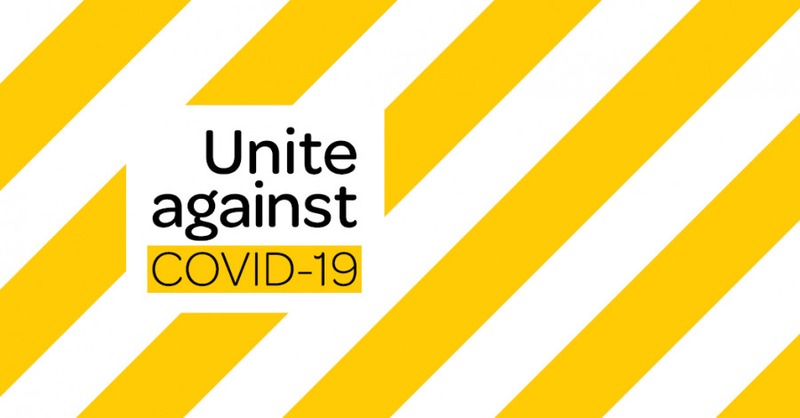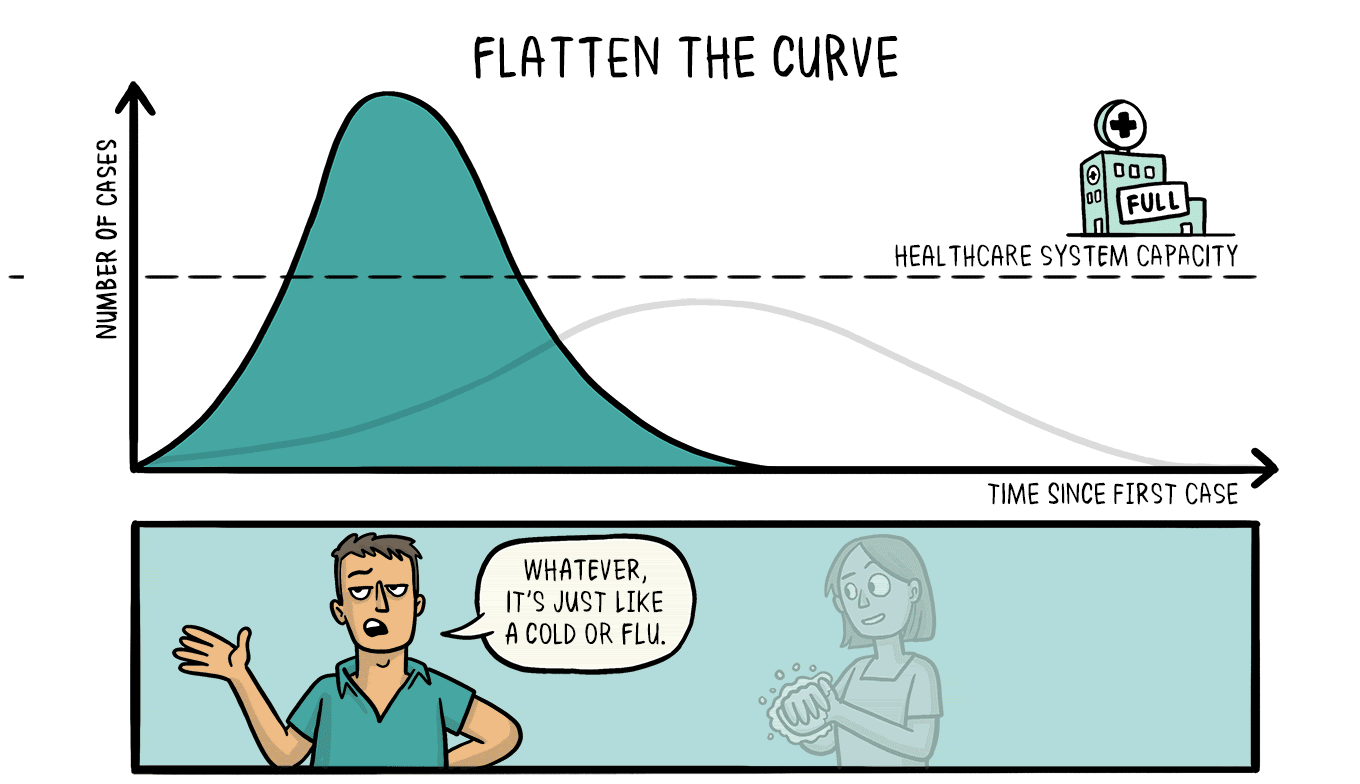

No inline hockey for the foreseeable future
Posted March 23, 2020
IHNZ News
Hi all,
With the New Zealand Government now raising to Alert Level 3 and Alert 4 imminent in the next 48 hours all rinks and hockey will be closed for the foreseeable future.
Please take the time to read the following information carefully and any questions you may have let us know.
The communities that survive disasters the best are those that work together to share their resources and make sure no one is left behind.
Let’s be the best people we can be and support each other through this.
Stay Safe and Regards
Cameron McIver
Chair
COVID-19 Pandemic Plan:
Symptoms and Disease
The symptoms for COVID-19 include coughing, shortness of breath, and/or fever, but can also just be tiredness, feeling achy and a sore throat. It looks like many people with COVID-19 experience a relatively mild infection, ranging from cold and flu-like symptoms to feeling like they have the actual flu. Mild to moderate infections are taking about two weeks to recover from.
About 20% of people have been experiencing a much more serious infection requiring hospitalisation for several weeks. From the data so far the case fatality rate rises as you get older, and is higher in those with underlying health conditions.
Droplet Spread
While there is much still not known about SARS-CoV-2, we can all assume we are susceptible to the virus.
The data on cases so far indicates it is spread via droplets and most people who contract the virus have been within repeated close contact.
Flattening the Curve
Over the coming weeks and months we need to prepare for when widespread person to person spread of COVID-19 happens.
The quicker people contract COVID-19, and the more people contract COVID-19, the more likely it will be that our healthcare and other systems will become overwhelmed. With going into winter we also have a large number of the population susceptible to influenza hence the current calls by medical staff to ensure you are vaccinated. Influenza cases take up valuable medical resources every winter.
It’s important we all do what we can to #FlattenTheCurve.

So, what can we do as individuals and a group, to protect ourselves, our families, each other, and our communities?
(Reprinted from Dr Souxie Wiles March 2020)
- If you develop symptoms of a cold or flu, even if they are very mild, please stay at home.
- If a member of your household becomes ill, see and follow point 1 above.
- If you do feel unwell and want to see a doctor, call ahead or call Healthline on 0800 358 5453. Do not just rock up at your GP’s surgery or the hospital. We cannot afford for healthcare workers to be in isolation because they have been unnecessarily exposed to COVID-19.
- Make sure you and your household are prepared for a period of self-isolation or quarantine lasting 2 weeks, or perhaps longer. You will need a pantry/freezer full of yummy foods. Don’t forget about your pets. And definitely don’t forget things like sanitary products and contraception. I’ve written a more comprehensive list here. The important thing is not to hoard. Stock up gradually and responsibly. If you take any medicine, talk to your doctor about extending prescriptions or any other special needs you might have.
- If you do end up in isolation, whether because of illness or concern, make sure to maintain social contact with your family and friends, via phone, email, or whatever works best for you. Don’t let physical isolation and loneliness make you feel miserable. We are all stronger together, even if we might have to be physically apart.
- Get a flu buddy, especially if you live by yourself, and make back up plans for care of children, pets, and anyone who may need special care. In the event of local transmission call each other daily. If anyone is sick, call them twice daily and have an agreed-upon contactless plan for delivering food and medicine as well as for back up care of dependents.
- Let’s all start practicing more restrained physical interactions, and set good examples not only among ourselves but also for our colleagues and friends. That means no handshakes, hugs, and hongi for the time being. Instead, we could do an elbow or foot bump. Check out the great video at the bottom of this page.
- Be prepared to stop work at short notice. Make sure that if you were suddenly out of action, or your workplace shut down indefinitely, you have everything to work remotely if that is possible. Even better be actively discussing in your workplace if people can start working remotely.
- Be prepared to cancel your attendance at social events or avoid crowded public venues/places. Even if an event organiser decides to push ahead, you don’t have to go if you feel it is risky for you personally. If you have any symptoms, see 1.
- If you have any travel booked, check your travel insurance and ask yourself how it would be if you needed to spend 2 weeks in self-isolation or 2-6 weeks in hospital there. If you do travel, be prepared to self-isolate for 2 weeks when you return home.
- Practice good cough and sneeze etiquette. Cover your mouth with your forearm or the inside of your elbow when you cough or sneeze unexpectedly. (If you know you’re sick, then you should have disposable tissues handy. Use those to cover your nose and mouth completely, and dispose of a tissue after one use.) If you find yourself coughing or sneezing repeatedly, see point 1 above.
- Regularly and thoroughly wash your hands after you’ve touched shared surfaces, especially before eating, and avoid touching your face. This coronavirus will likely be able to survive for hours to days as tiny droplets on surfaces, which we may inadvertently touch. Then, when we touch our mouth, nose, or eyes, we can infect ourselves. So, wash hands for 20-30 seconds (the internet is full of good ideas for songs you can sing to pass the time) and make sure to dry them thoroughly. Here’s some advice on how to get rid of coronaviruses from surfaces.
- Think about possible ways people could contract COVID-19 at your workplace and what precautions you could put in place. For example, cosmetic company Sephora have announced they won’t be offering custom makeovers in store. This is because of the potential risk of transferring the virus from person-to-person via their makeup or brushes and sponges. Does your company make people hotdesk? If so, see 12.
- Try not to touch public surfaces with your fingers; get creative! Where possible, use knuckles rather than finger tips (e.g., for lift buttons, light switches, etc.). Open doors with your hips rather than your hands. You may use your elbows to open door handles, if it’s an option. Use a sleeve to open a doorknob if needed.
- Get your flu jab this year. It won’t protect against the coronavirus, and it doesn’t provide perfect protection against the influenza virus, but it will reduce the chance of getting the flu which will save health-care resources for others in need.
- Mind how you talk about COVID-19. Read this very important resource on how to avoid stigmatising people with the disease. And don’t repeat any of the terrible myths and misconceptions doing the rounds.
- Make sure you are getting your news from trustworthy, reliable sources. If following the news is making you anxious, take a break from it. There is lots of good info on the Ministry of Health’s website.
- In summary: prepare, don’t panic. Do you have everything you need? Check-in with your family, friends, older people and neighbours. Does everyone have what they need? How we get through the months ahead will depend on all of us.
The communities that survive disasters the best are those that work together to share their resources and make sure no one is left behind.
Let’s be the best people we can be and support each other through this.
